Detour #211: Chasing ghosts on the Circuit de Charade, France
Antony Ingram traces the long-lost route of one of France’s most notorious Grand Prix tracks.
The old road circuits of France offer an almost unmatched opportunity to travel back in time. From the ghostly remains of Reims-Gueux and Rouen-les-Essarts to the devilish temptation of an empty Mulsanne straight, there can be nowhere else that lets your tyres touch the same tarmac as Grand Prix winners and endurance legends from days gone by.
Fewer are truly thrilling to drive today from any more than a historical perspective. Corners that were once life-and-death in cigar-shaped racers feel tame at road speeds, while outside of race week you're better off on a scooter than in a performance car in Monte Carlo.
The exception to this can be found just outside Clermont Ferrand, on the edge of the Auvergne in central France where, draped around an extinct volcano to the city's southwest, lies the Circuit de Charade.
If Cadwell Park is the UK's Nürburgring, then Charade is its equivalent in France – picturesque, challenging, and packing 18 turns and significant elevation into less than 2.5 miles. The circuit is still in use today, but if you're familiar with classic Grand Prix racing, then you'll probably know what's coming next.
Charade used to be a monster; a five-mile, 48-turn rollercoaster of which the modern layout formed only a small part. With steep climbs, banked hairpins and spectacular views over Clermont Ferrand, it was among the world's most challenging race tracks, and hosted the Formula 1 circus four times, in 1965, 1969, 1970 and 1972, before it was replaced by safer purpose-built tracks like Dijon-Prenois and Paul Ricard.
Just under three miles of the original course, from the old turn one at Courbe de Manson, to Virage de la Ferme, are still used as public roads today, these two old turns connected by another otherwise unremarkable stretch of road bypassing the modern-day circuit.
And while there are other roads in the Auvergne and further afield that let you tackle more corners in quicker succession in a road car, I've not yet visited another former road course that more vividly paints a picture of what it must have been like to race in period.
The key stretch starts at le Golf, up from Courbe de Manson. The road climbs through a few gentle curves – they're gentle at road-car speeds, at least – before rounding a steeper left hander that then reveals a tight, downhill right-hand sweeper once known as Le Belvédère. For the next mile the road continues to drop away from you, first through a long, sweeping left-hander, then into the right, left, right of les Jumeaux and a further sequence of turns that comes thicker and faster still.
In a 1990s’ hot hatchback like my Peugeot 106 Rallye it asks a lot of both tyres and brakes, the tail going light through a few of the tighter corners as the inside rear wheel begins to leave terra firma. In a mid-1960s or early 1970s Formula One machine, it would surely focus the mind and body like little else.
The corners are smooth and slightly banked, which must have encouraged incredible speeds, particularly in 1972 after the move to slick tyres and rudimentary aero. Each one seems to arrive a little quicker and feels a little tighter than the one before it, giving the road a similar feeling to running down a steep hill and your legs not being able to keep up. Pushed to the limits of their ability, drivers were then finally free to blink and breathe on the run down to Gravenoire, before a right hander and a steep uphill section through la Carrière.
The uphill is less challenging but still spectacular, and highlights how Charade was as much a power circuit as one that prioritised handling and quick reactions – any racer not making enough power would lose ground to their rivals for more than a kilometre as the road climbs.
They would then enter the modern circuit at Virage de la Ferme, the remnants of which are still visible as an access road, while the modern D5 main road continues around to a roundabout at the circuit entrance
There are few places to stop and take scenic photos through the twistiest section, but small access roads within the old circuit let you gain even more elevation, one leading to a viewpoint that overlooks the city below.
The old and new circuits are occasionally joined for automotive events, albeit no longer, sadly, for competition. Perhaps in some ways that's for the best, not just because of the potential dangers, but also because as a public road one of the world's greatest historical circuits can now be experienced almost any day of the year.







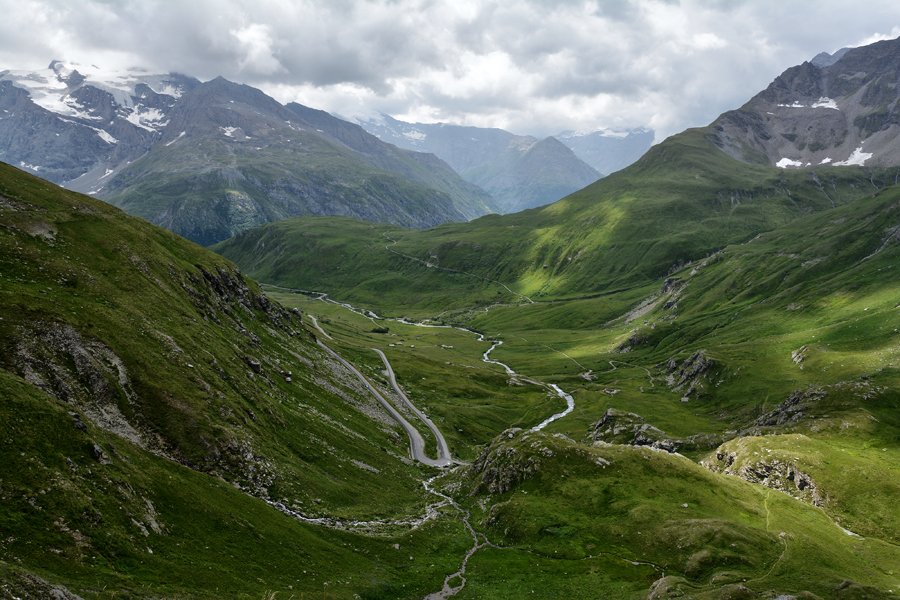



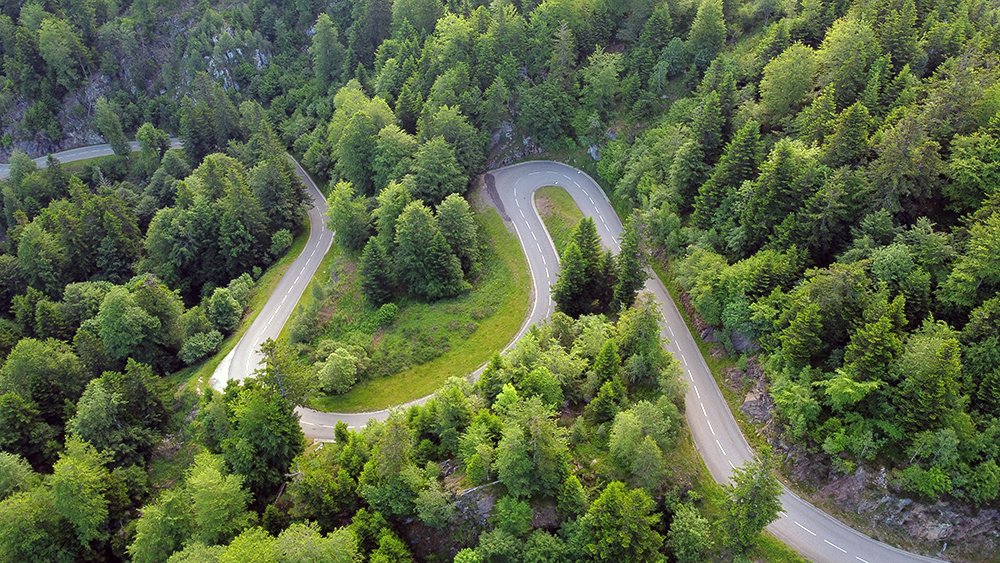







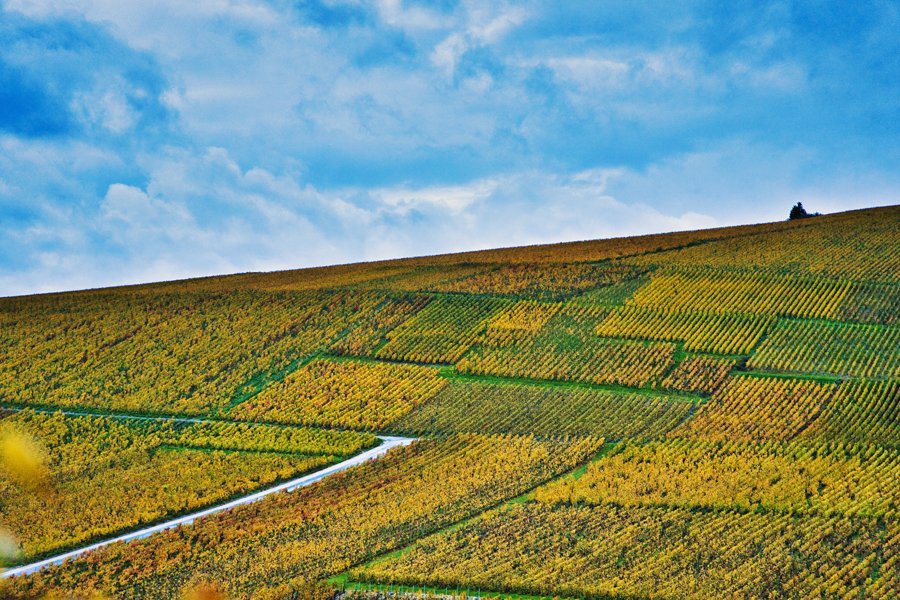

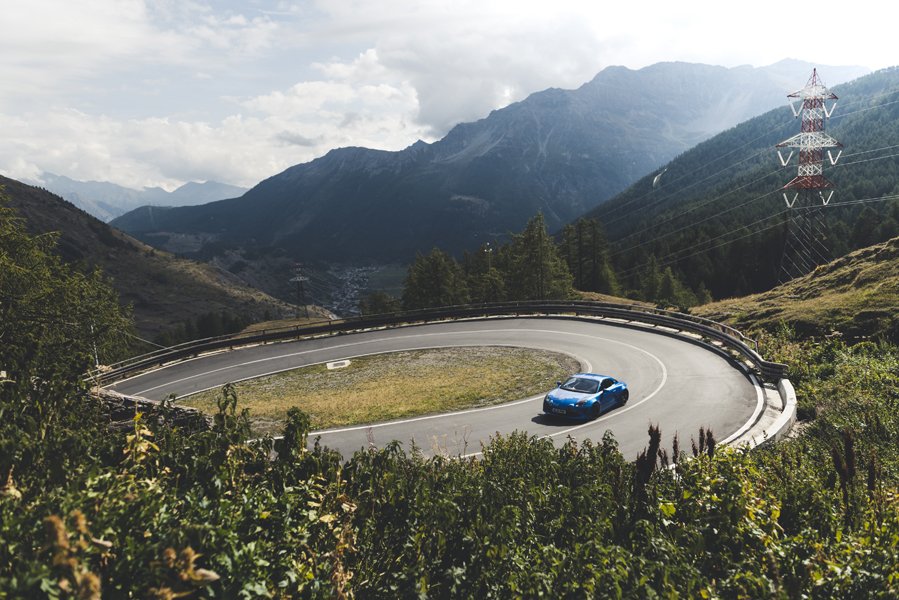






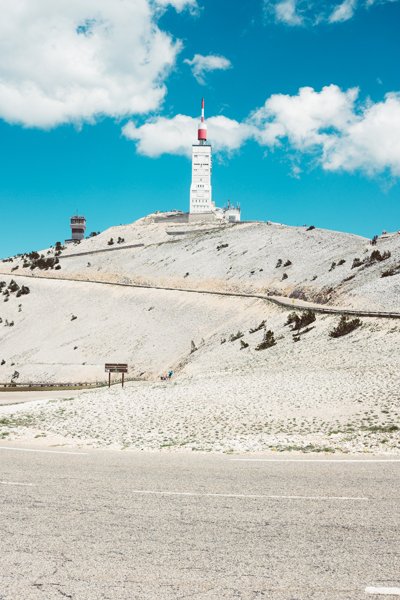
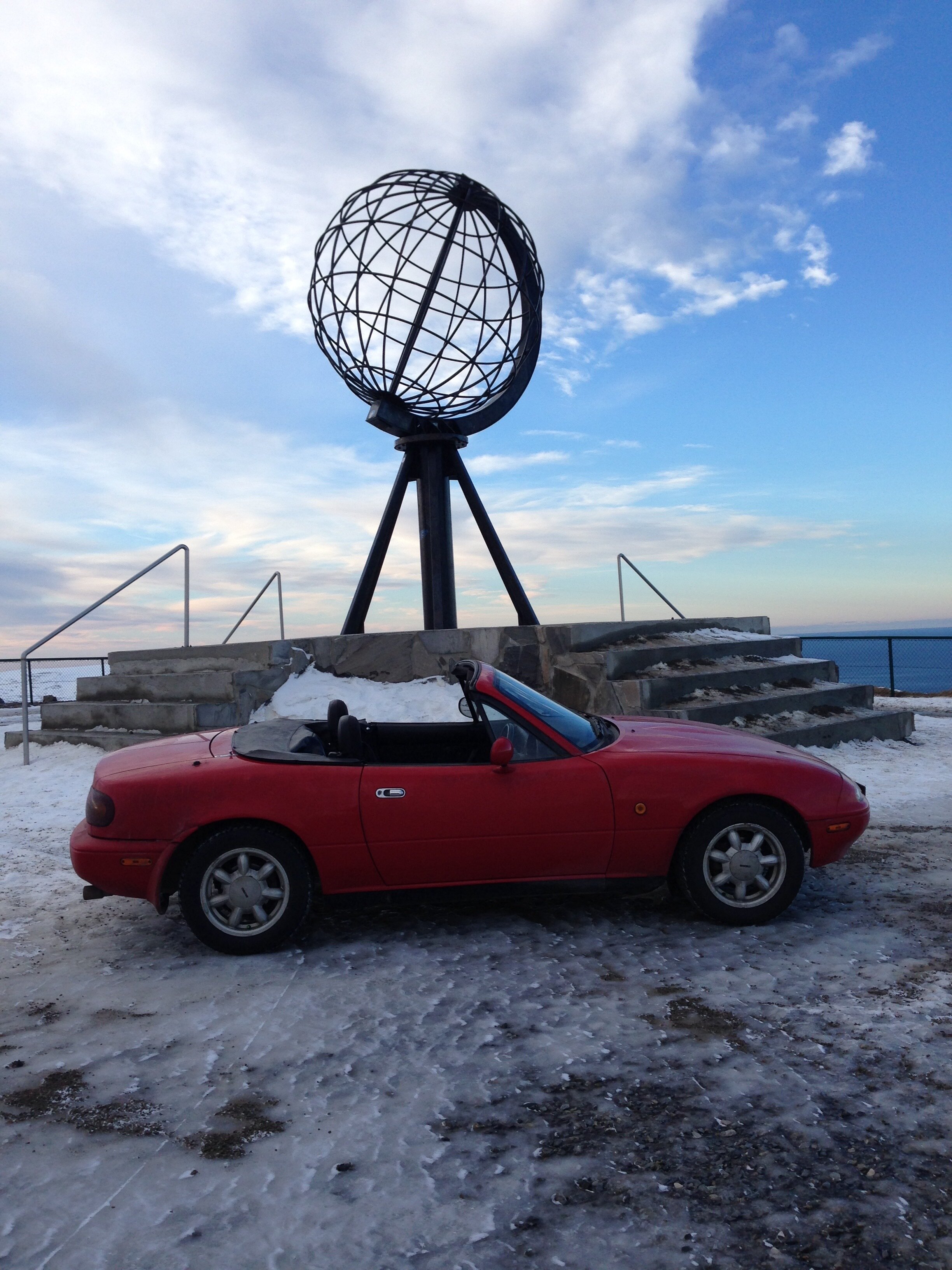


It’s the end of the road for 2025 and a chance to reflect on the best road trips of the year.